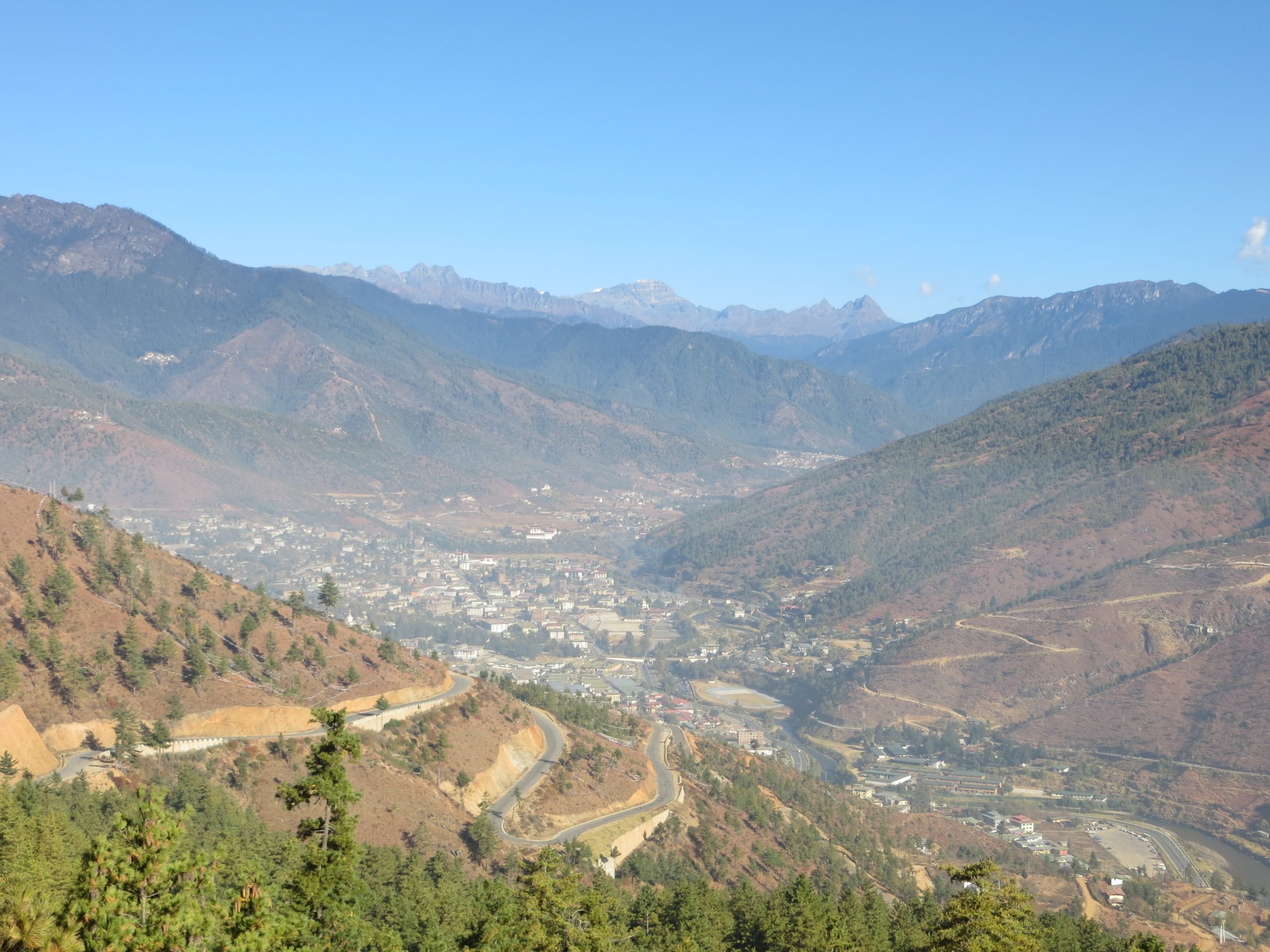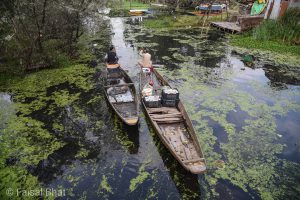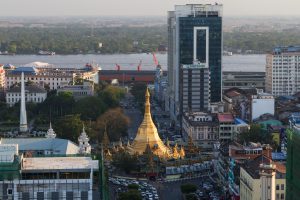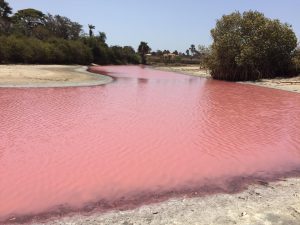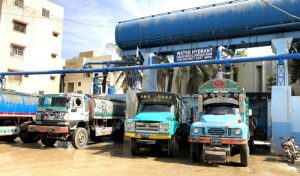There is water, water everywhere in Bhutan, but lack of access to clean water remains one of the most pressing issues in the capital city of Thimphu.
According to the National Environment Commission’s (NEC) 2018 Water Security Index, 77.5% of urban households in the Thimphu region have potable water supply.
“I became mayor in 2011 and water used to be a serious problem,” Thimphu mayor Kinlay Dorjee said. “It used to be (supplied) once a day for two to three hours for a whole building. People used to hire their own tankers to collect water. We have started looking at bigger projects to harness water supply from the main river,” which is called the Wang Chhu in Bhutan, and Raidak in West Bengal and Bangladesh downstream.
Bhutan’s 12th five year plan aims to have 24/7 water supply across the country by 2023. Rapid rural-urban migration, management issues and inadequate infrastructure has made that difficult in Thimphu.
“Today we have enough water,” Dorjee said. “But the dry season is yet to come. In January through March, we will see [if this source is adequate].”
Coming from the north at Tangocheri where the river has three tributaries, there is now a capacity to supply 10 million litres a day. This is part of a plan for the next 30 years, Dorjee said. “Now we have almost solved the problem. We used to get so many complaints from the big hotels, but recently, we haven’t.”
Future projects include water treatment plants, water lines from the source, distribution lines to residents and higher-quality treated water supplies.
“As the city grows, there must be enough water resources,” Dorjee said. “Enough investment has not been done in the right areas.”
Rooftop tanks in Thimphu a daily necessity
When the water does flow, most Thimphu residents store it in rooftop tanks, as elsewhere in South Asia.
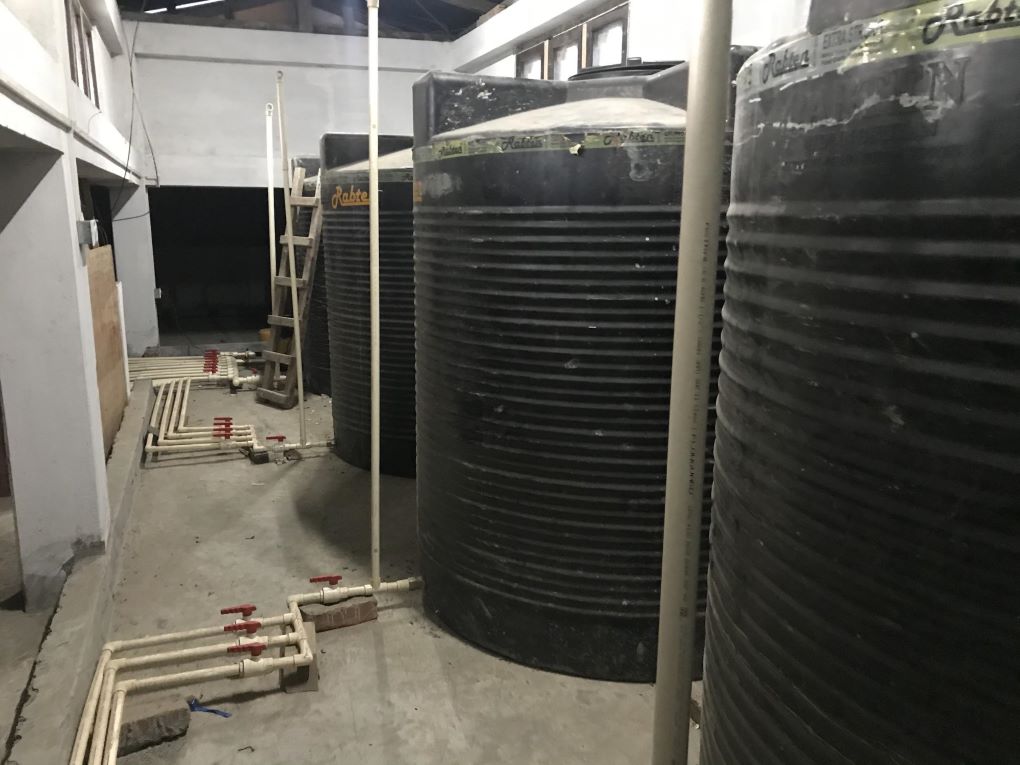
“We don’t have a water problem where I live,” North Thimphu resident Namgyel Wangdi said. “But if we didn’t have our own water tanks, I think we would have a shortage.”
So, in the capital of a water-abundant country, residents have to spend money buying storage tanks and sometimes buying water from private suppliers. Just as in far more arid parts of South Asia, the private suppliers pump water from whatever source they can find, fill a tanker, attach it to a tractor and bring the water home, all for a hefty price.
Lam Dorji suggested that this money would be better used if it was available to the municipality to add scale and reliability to the existing infrastructure.
“I think our objective is people need not store,” he said. “Just open the tap and water should be available. If you consider that kind of service [to define 24/7], then I would say there is a water shortage in Thimphu.”
The municipality isn’t able to cater to the needs of the suburbs, so people are trying to find their own sources of water. “You’ll see some urban residents in some places where they source water by taking their own pipe deep into the forest,” Lam Dorji said.
The mayor, Kinlay Dorjee, said the municipality is waiting for a budget to upgrade the distribution network for a bigger pipeline.
“There is a quality issue,” he added. “There were waterborne diseases. In one area, 20-30 people got sick, which should not happen.” The problem is that residents not connected to the distribution network rely on community water supplies that are not quality-controlled or tested, according to the mayor. Much of this exacerbated by Bhutan’s building boom riding on robust economic growth.
Read: Building boom chokes Thimphu drains
Read: As Bhutan’s economy grows, so does its waste problem
He said the municipality tests the water before supplying it. But residents do not really trust the quality. “We have our own filters because we don’t trust the quality of the municipality supply,” Thimphu building owner Kinley Penjor said.
Leaking sewage systems and inadequate drainage throughout the city contribute to water quality problems.
Admitting this, the mayor said, “Roughly 40% (of drains) are not connected to the city sewage system. By next March, 80-90% should be connected.”
By next March, the Southern Babesa treatment plant – with a capacity to treat 12 million litres of sewage per day – should be completed. According to mayor Dorjee, the idea is to ensure that the Wang Chhu river “can regain the quality of 20 years ago.”
That will need a better storm water drainage system as well. After rain, flooding in parts of Thimphu is common, despite much of the city being on hill slopes.
“Of course, (fixing the drainage system) is also expensive and we don’t have the funds to just spend like that,” said Lam Dorji. “Under the Water Security Index, it’s not necessary to have everything sorted out at once. You can always do things in a progressive manner.”
Wrong time wrong place
While Bhutan is water abundant, the water is not necessarily available at the right time or reaching the right places.

Most residents rely on small streams, and irrigation was traditionally based on gravity systems. Half of the land in Bhutan is on mountainous slopes — most of the water is down at the bottom of the valley while people live up on the slopes.
“We have good gravity systems, but cities might have planned for smaller populations earlier,” Dupchu said. “Although the city has tried to pump water from good sources, they have not been able to meet needs because of issues with distribution.”
Even if the overall supply issue is solved, residents still won’t have 24/7 access if the small pipelines can’t handle that volume of water.
“This (central) part of the city has small pipelines from the 1970s that are in bad conditions” mayor Dorjee said. “These eight square kilometres are the oldest part of the city. It has major issues and we are looking seriously at the problem.”
Water losses are hard to trace because the pipes are underground. “In the middle of a road, pipelines break and open up, and then we fix the water line,” Dorjee said.
The city aims to minimise losses which is 30-40% now. The goal is to limit the losses to 5-10%, the same as in developed countries.
“As for the urgency of the issue itself, we’re not doing that bad,” Lam Dorji said. “We’re just aspiring to have water when you open your tap. It doesn’t mean people don’t have water. The urgency is more about harnessing opportunities as a Least Developed Country (LDC).”
As long as it is an LDC, Bhutan has access to low-interest loans and more foreign aid. The country is on course to move out of this category by 2023.
“The current 12th five year plan allocated enough resources — four to five billion Ngultrum (USD 55.7-69.6 million),” mayor Dorjee said. “We’re hoping that with this money, we can do balanced works so that when we graduate (out of the LDDC category), we will already be done (with these projects).”
Climate impacts
Thimphu’s uphill source has enough water for eight months of the year. But during the winter, the water goes down to half the volume as the water level falls, and pipes freeze. This results in a huge crisis, the mayor said.
“The problem with water in Bhutan is too much and too little depending on the season,” Chief Environment Officer in the Climate Change Division of the National Environment Commission (NEC), Thinley Namgyal agreed. “There are flash floods in the summer and the winter is getting drier.”
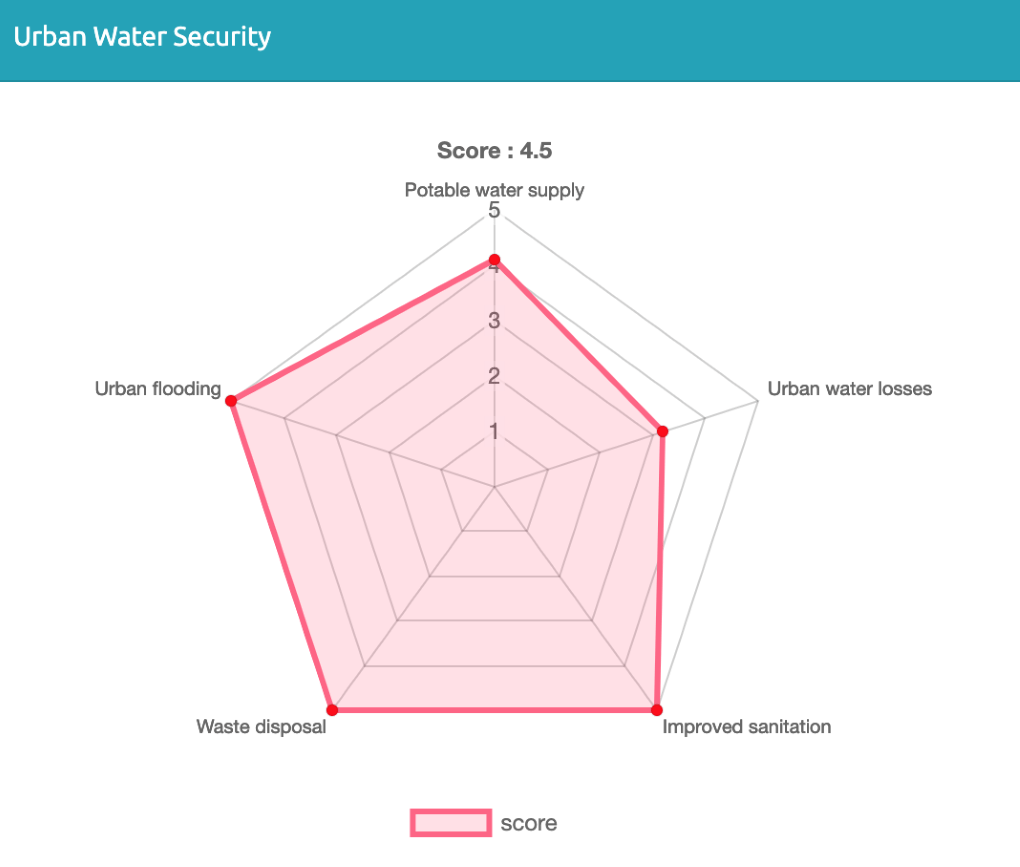
Innovative mechanisms of storing water from the summer monsoons for the dry winters are needed. Pema Wangdue, Chief of watershed management plans at the NGO Bhutan for Life, said that feasibility studies for the Semtokha area in southern Thimphu were carried out to analyse water sources for monsoon assessment, looking at protecting water sources and providing incentives and monitoring mechanisms for benefits upstream and downstream. Nor is the problem isolated to just Thimphu.
Read: Bhutan struggles with local water shortages
“We have a lot of rain, but the rainwater is already down in the Bay of Bengal in the off season,” Lam Dorji said. “No one big dam is going to serve the purpose of this country. If we have a big dam in Paro, it’s not going to help Thimphu because our infrastructure isn’t built the same as in the plains.”
In the past, sufficient snowfall in and around the city could cater to needs in the winter. Not any more. One climate change impact Bhutan is facing right now is less snowfall in Thimphu. Apart from that, time series monitoring has shown that every year, glaciers in the Himalayas are receding.
In 2016, the Wang Chhu Water Security Index was launched to provide an online database that monitors five key dimensions of water security: rural, urban, economic, environmental and disaster/climate change resilience. The programme is new; accuracy will need to improve over time.
“Data will tell us where the water is and where it needs to be,” Namgyal of NEC said. “At the moment, it’s quite difficult.”
With the support of the Asian Development Bank, the Bhutan National Integrated Water Resources Management Plan was created. Instead of every sector optimising for utility purposes only, the plan looks at managing water as a whole, from drinking water to irrigation to watershed preservation. The NEC has been tasked to implement it. The results remain to be seen.
